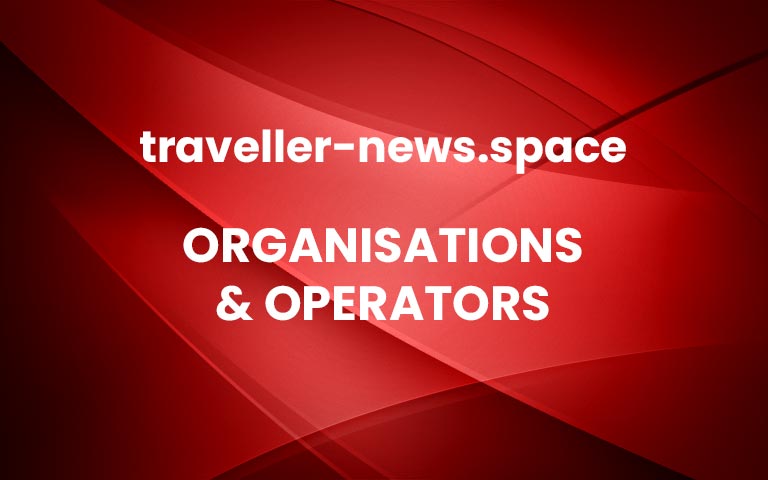Airbus teams-up with LanzaJet to boost sustainable aviation fuel production
Airbus and LanzaJet, a leading sustainable fuels technology company, today announced they have entered into a memorandum of understanding (MOU) to address the needs of the aviation sector through the production of sustainable aviation fuel (SAF).
The MOU establishes a relationship between Airbus and LanzaJet to advance building SAF facilities which will use LanzaJet’s leading, proven, and proprietary Alcohol-to-Jet (ATJ) technology. This agreement also aims to accelerate the certification and adoption of 100% drop-in SAF which would allow existing aircraft to fly with no fossil fuel. The aviation industry is responsible for approximately 2-3% of global carbon dioxide emissions, and SAF has been identified by airlines, governments, and energy leaders, as one of the most immediate solutions to decarbonize aviation, together with the renewal of fleets by latest generation aircraft and better operations.
“SAF is the best near-term solution to reducing aviation emissions and this collaboration between LanzaJet and Airbus is an important step forward in the fight against climate change and enabling the global energy transition,” said Jimmy Samartzis, CEO of LanzaJet. “We look forward to continuing our work with Airbus and further growing our joint impact across the globe.”
LanzaJet’s proprietary ATJ technology uses low-carbon ethanol to create SAF that reduces greenhouse gas emissions by more than 70% percent compared to fossil fuels and can further decrease emissions with a suite of carbon reduction technologies.SAF produced through LanzaJet’s ATJ technology is an approved drop-in fuel compatible with existing aircraft and infrastructure.
“We are delighted to grow our partnership with LanzaJet, a leading company in the SAF production ecosystem. At Airbus we are committed to supporting SAF as a major lever in the reduction of CO2 emissions on the decarbonisation roadmap,” says Julie Kitcher, EVP, Corporate Affairs and Sustainability at Airbus. “With LanzaJet as a trusted partner, we can support the acceleration of the Alcohol-to-Jet SAF production pathway and at scale. This collaboration will also explore technological developments to enable Airbus aircraft to be capable of flying up to 100% SAF before the end of the decade.”ADVERTISEMENTThe whole ecosystem is playing an essential role to ensure the increased uptake of SAF. Besides working on the technical aspects and on concrete SAF projects, LanzaJet and Airbus will therefore investigate business opportunities across the world with airlines and other stakeholders.
Older
ITB Berlin opens for registrations on a new exhibitor portal
Newer
Airbus and AURA AERO partner to decarbonise pilot training More


